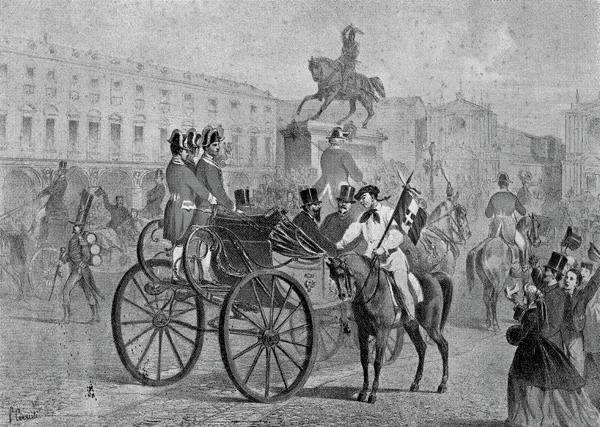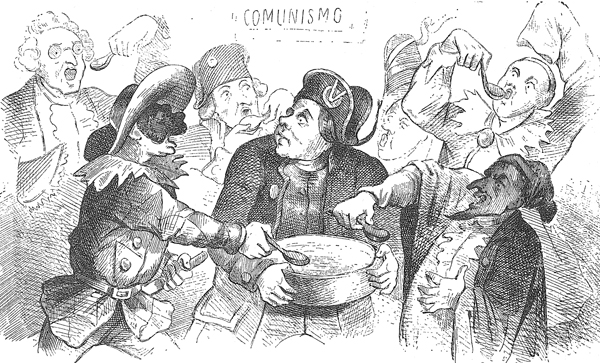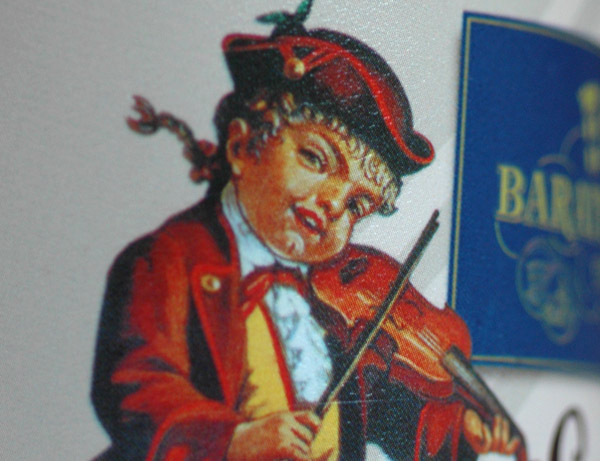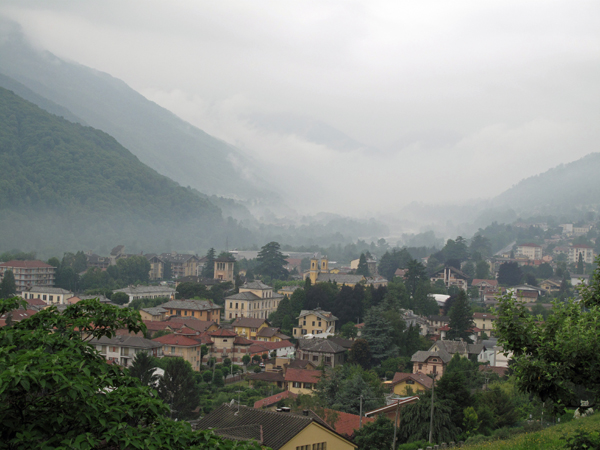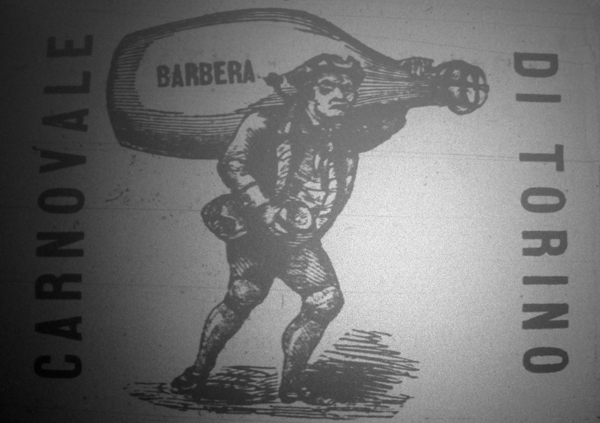
If the first gianduiotto appeared during the politically pivotal 1865 carnival season, it would contribute significantly to the confection’s legend, associating it with Gianduia’s symbolic reconciliation of the Turinese with Vittorio Emanuel II in the interest of the Risorgimento. But did it? Continue reading »
